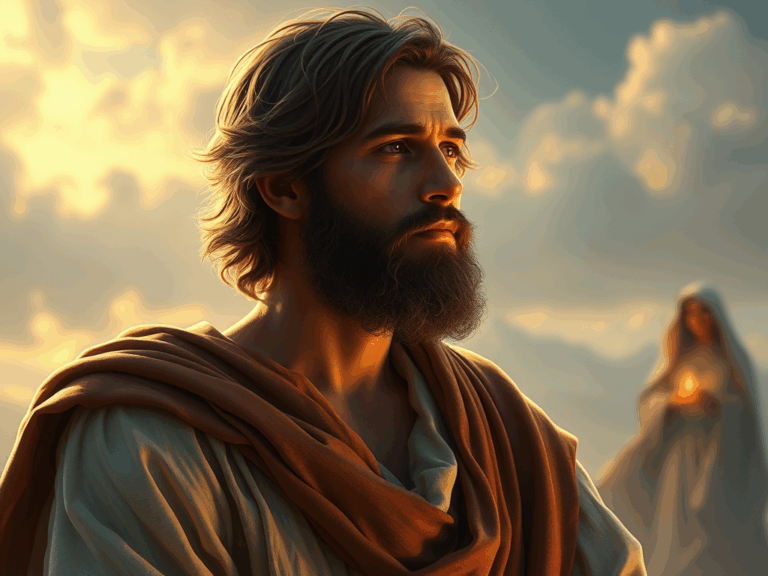Appearance of the Form of the Glory
In today’s Running Toward the Goal podcast, recorded on the road with apologies for the quality, I discuss Ezekiel 1:28. I thought that as additional reference I’d provide my discussion of these terms from my college paper originally written in 1979. This is unchanged from the original form. (This extract is an appendix to the original paper. The full paper is here.)
The Uses of ;eyn, demuth and mar’eh in Ezekiel 1
In the textual comments (see note p on verse 13) I made an emendation of the text in which I stated that a scribe, reading the chapter and seeing demuth used in verse 13 would tend to wish to correct it to mar’eh as more appropriate to the context of the verse. As the King James Version uniformly translates each of the three words above with English words which are essentially similar, it is necessary to demonstrate that this use is indeed correct. The KJV has translated them as color, likeness, and appearance respectively.
;eyn appears four times in the chapter, Holladay suggests simply “look” or “appearance”, but Eichrodt (OTL) suggests “sparkle”. Elsewhere, gleam is suggested. The latter seem most appropriate in the context here, In verses 4 and 27 the Chashmal gleams, In verse 7 the polished bronze. In verse 16 the wheels, probably of a translucent or transparent color gleam. So gleaming or sparkling here appears to be the best translation.
demuth appears 9 times. We have the demuth of the four living creatures who have the demuth of a man. Their faces have the demuth of various creatures. The demuth of a vault is above the creatures’ heads. The sapphire stone resolves itself into the of a throne. Upon the demuth of a throne is the demuth of the appearance of a man. Finally the glory of God is said to have demuth. The only one of these which is neutral is verse 28, “the form of the glory of Yahweh”, although even here reference is being made to the form which was on the throne. Holladay suggests form as a translation for demuth. It appears to be the best translation in this chapter.
Lastly we have mar’eh which appears 11 times. It is used as a general reference to the four creatures, immediately followed by the statement that they had the form of a man, four faces, four wings, etc. In verse l3 there is the mar’eh of lightning, which does not have “form” as such. In verse l4 we have the mar’eh of lightning again. The mar’eh of the wheels was as the sparkle of tarshish, etc. The mar’eh of the wheels was as if a wheel were within a wheel. Ezekiel sees the mar’eh of sapphire which resolves itself into the form of a throne. There is the form of the mar’eh of a man, and the mar’eh of fire, the mar’eh of a rainbow, and the mar’eh of a gleaming. In only one of these cases would “form” be an appropriate translation. That is verse 16, with regard to the wheels.
In verse 13, however, the situation is reversed. The “coals of fire burning like lightning” could hardly be described as having “form”. The scribe, seeing Ezekiel’s normal use of the words could easily have added mar’eh in the margin to indicate that this would be a better word to employ here.

